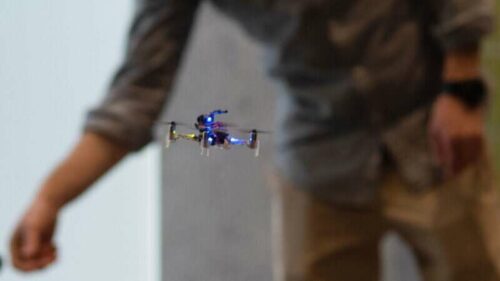Researchers have developed a way to improve controls for flight systems and other applications that demand quick responses.

Commercial airplanes can be controlled by autopilot. But what happens if a wing gets damaged or an engine malfunctions? Is it possible to design a system that quickly tests how controls operate on the damaged vessel and makes adjustments on the fly to give it the best chance of landing safely?
Researchers from Princeton, the University of Texas, and Northeastern University are working to pave the way for creating such a system. This research could someday extend to aircraft controls and many other applications, including controlling disease epidemics or making more accurate predictions about climate change or species survival, said Amir Ali Ahmadi, a professor of operations research and financial engineering at Princeton and a member of the research team.
Gaining control is particularly tough when data is limited. In the case of a damaged aircraft, the plane has changed, and you have less than a minute to come up with a new model of control. Predicting future performance based on extremely sparse data is a common problem.
The research team presented an approach that uses additional information to rapidly respond to changing conditions in which little data is available for decision-making. This additional information, which mathematicians call side information, acts in the same way that experience or professional expertise does for a human. For example, a doctor might never have seen a particular disease before, but years of experience will help her make a good judgment on how to treat the patient.
Another problem they may tackle is an advanced version of a problem commonly assigned to undergraduate mechanical engineering majors: controlling an inverted pendulum—similar to trying to balance a broomstick in the palm of your hand. The controller would learn the behaviors of the system almost instantly and without knowing where its mass is centered. To do that, they would create equations for controls based on a few seconds of observation, then modify the controls after recording what they do.
The problems the team explores involve tradeoffs between exploring functionality and exploiting the knowledge gained. There is no single technique for controlling a system with unknown dynamics, said researchers. But one of the keys is to select the most valuable data to work on. “You have to tackle it from multiple angles and chop the big problem into more manageable pieces to identify what’s worth learning.”
Reference : Amir Ali Ahmadi et al, Learning Dynamical Systems with Side Information, SIAM Review (2023). DOI: 10.1137/20M1388644






